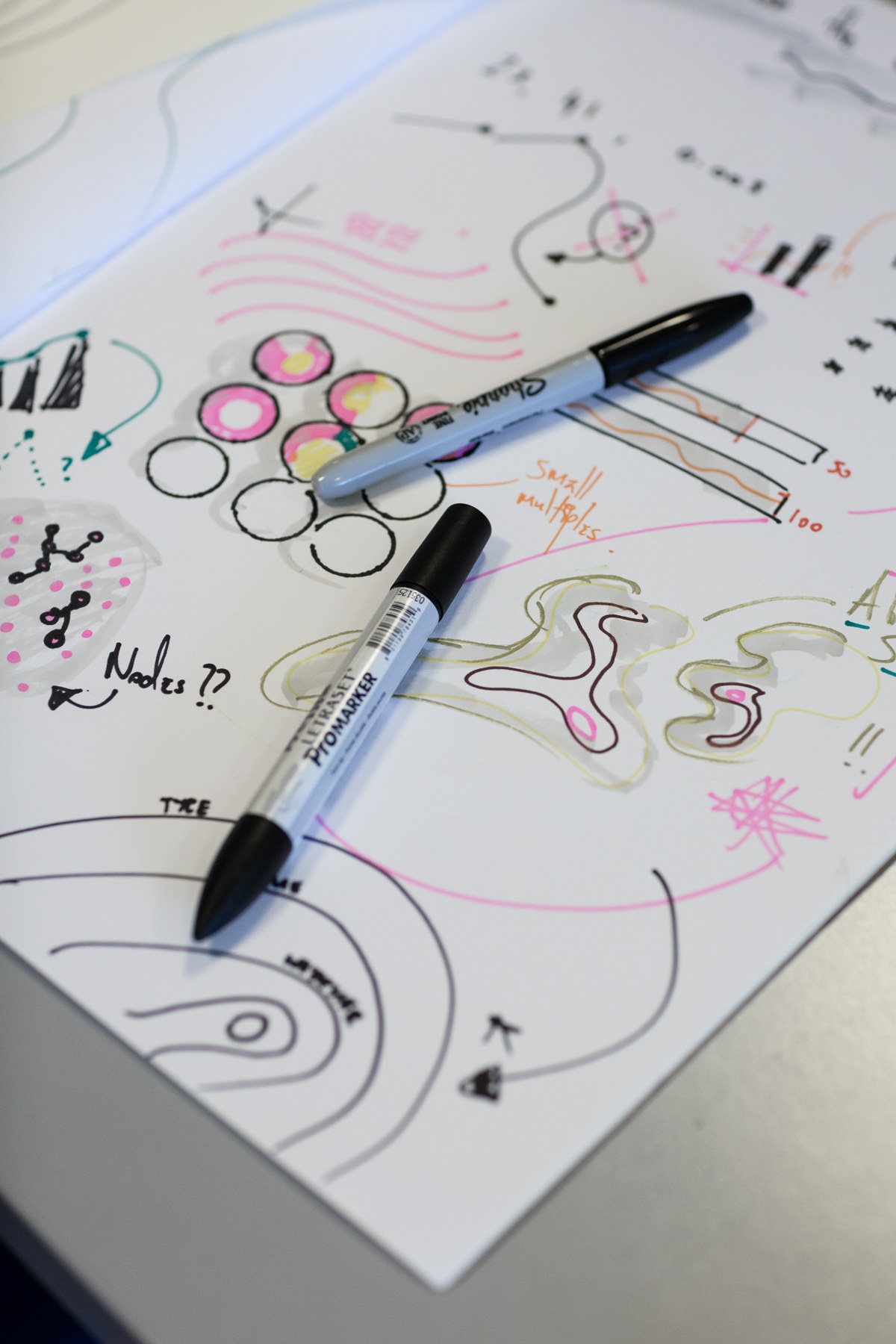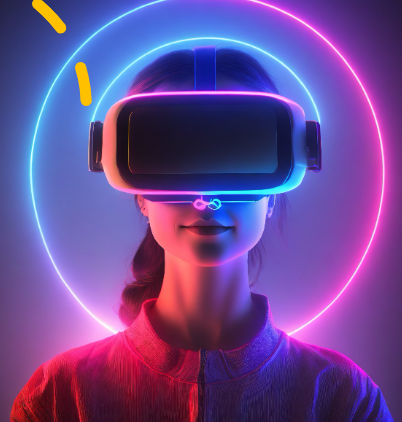
CFA modules at IADT 2024: Year 2
Apply To
IADT

IADT

CFA at IADT has a range of exciting modules taking place in Year 2 of 2024. Our modules provide the learner with an opportunity to study outside of their normal discipline and to encounter a range of practices, themes, ideas, creative and critical approaches which are new to them. They also allow learners to work with students and staff from across the Faculty to collaborate and encounter new areas of study, and provide professional development, networking and learning opportunities with peers and lecturing staff.
Year 2 modules are open for Mobility (open to students from NCAD, IADT and UCD).
Please email any queries to Elena Somoza, IADT Creative Futures Academy Co-ordinator, at iadt@creativefutures.ie
The Digital Imaging elective is an introduction to digital photographic practice. This includes making images using a digital camera, working in a photographic studio space and exploring the basics of digital photographic software.
Basic instruction will be given on how to make a correct exposure and become aware of light, shape, texture and colour when making photographic images. We will also examine lenses and how they influence the image’s appearance. In addition, we will look at how image research and visual literacy play an important role in making our own images.
When we think of art, we tend to think of painting, sculpture, photography, etc. However, many contemporary artists produce work with themselves as the physical focal point. Such works incorporate voice, spoken word, stand-up comedy, movement, gesture, dance – essentially, anything you want, all expressed through your own physical presence. All that is required is your curiosity and enthusiasm.
The workshops will allow you to explore such artistic expression and creativity across a series of accessible and friendly exercises, each session delivered by a contemporary performance artist. The aim is to open your thinking, creativity and expression in confident, new and exciting ways.
Throughout history, artists have marvelled at flight. Icarus is arguably the most well-known story in Greek mythology. The fantastical flying machines designed by Leonardo Da Vinci were imagined in the 15th century, ages before the invention of the first working flying machine. The Hot Air Balloon was the first human-carrying flight technology created by the Montgolfier brothers in 1783. The Wright brothers did not manage to build an actual flying machine until the start of the 20th century.
In this module, students are asked to create sculptures inspired by flight or with the ability to fly.
Creatively and critically calling out issues born of human stupidity.
Using design methods of research and playfulness
Teaching team is Alanna Drury and Amy Caulfield. Supported by Peter Evers.
You will have the opportunity to create original works of sequential graphic narrative throughout the module.
We will examine ‘how comics work’ by focusing on elements, for example, the representation of time, space, sound, narrative, and characterisation.
You will be introduced to some of the critical literature on comics, and we will evaluate a wide variety of works created by specific artists.
The module allows you to encounter key events in the history and development of comics in the U.S. and the U.K. and consider comics’ relationship to other arts and media.
Analysis Observation Life Model Gesture Shadow Expression Line Tone Light and Dark Contrast Process Scale Publication Sequence Space Action Motion Movement Trace Time Pictorial Composition Form Viewfinders Thumbnails Sequential Arts Plato’s Cave
Two Groups-Week 1 and Week 2
Independent work for assessment
Shane Cullen Laura Venables, Roísín Lewis , Cora Cummins ,Mark Joyce
In this web design elective, you will be introduced to the world of designing and building your very own website. Throughout the course, you will gain a deep understanding of the essential principles behind effective user interface design. Simultaneously, you will acquire the necessary skills to construct a web page from scratch using HTML and CSS.
By the end of this elective, you will have the expertise to code your own interactive website utilising modern web design techniques.
This elective will introduce the theory, application, design and development of virtual spaces. Students will learn the basics of Unity3d and create their own virtual world.
Concepts such as composition, interaction and audience perspective will be explored practically through designing and learning to build a simple prototype.
The Students will work in pairs; prior knowledge of 3D software is helpful but not essential. There will be no coding involved in this module, but it will be an opportunity to explore the possibilities of using VR for your own practices.
Applied psychology is the study of human behaviour in the real world. Students will get to investigate the world around them and how we operate in the world from a behavioural and cognitive perspective. Technology is part of our everyday lives; therefore, we will look at our behaviour in relation to technology. Other areas that will be involved are Child psychology and Sport Psychology.
The elective will culminate with a poster presentation as the student’s assignment on a topic of their choice.
This elective will provide students with the skills to create dynamic and interactive maps and dashboards using software tools where no prior experience will be assumed. The elective will look at:
The history of maps.
The role of maps in identifying important societal issues such as health and poverty.
This elective will also discuss their importance as advocates for change, e.g., monitoring and communicating the impact of climate change.
This elective aims to provide you with a holistic understanding of the climate crisis, nurture emotional resilience, encourage nature connectedness, equip you with effective communication skills, and give you the tools to assess your own discipline/practice in relation to the environment and climate change.
Students will create a soundscape using the free software Audacity, with each student recording source sounds in our Studios in Temple Bar.
Guest lectures from industry specialists.
You will learn to develop and write code to draw shapes and animate them.
This allows you to rapidly create variations of the same drawing by manually changing parameters (size, colour, rotation) or using randomness.
You will build a portfolio of work you worked on during the elective.
What is Generative AI?
What can it be used for?
What do I need to know about it?
How do I know if it any good?
Are there any concerns about it?
An Exploration of Video Essays as a multimedia form of discussion, storytelling and visual representation of topics focusing on contemporary issues surrounding display, art and performance.
A short video essay illustrates a topic, expresses an opinion and develops a thesis statement based on research through editing video, sound and image.
A CFA scholarship encourages the participation of learners from sections of society that are significantly under-represented in higher education by offering one free place on all of our CFA short courses.